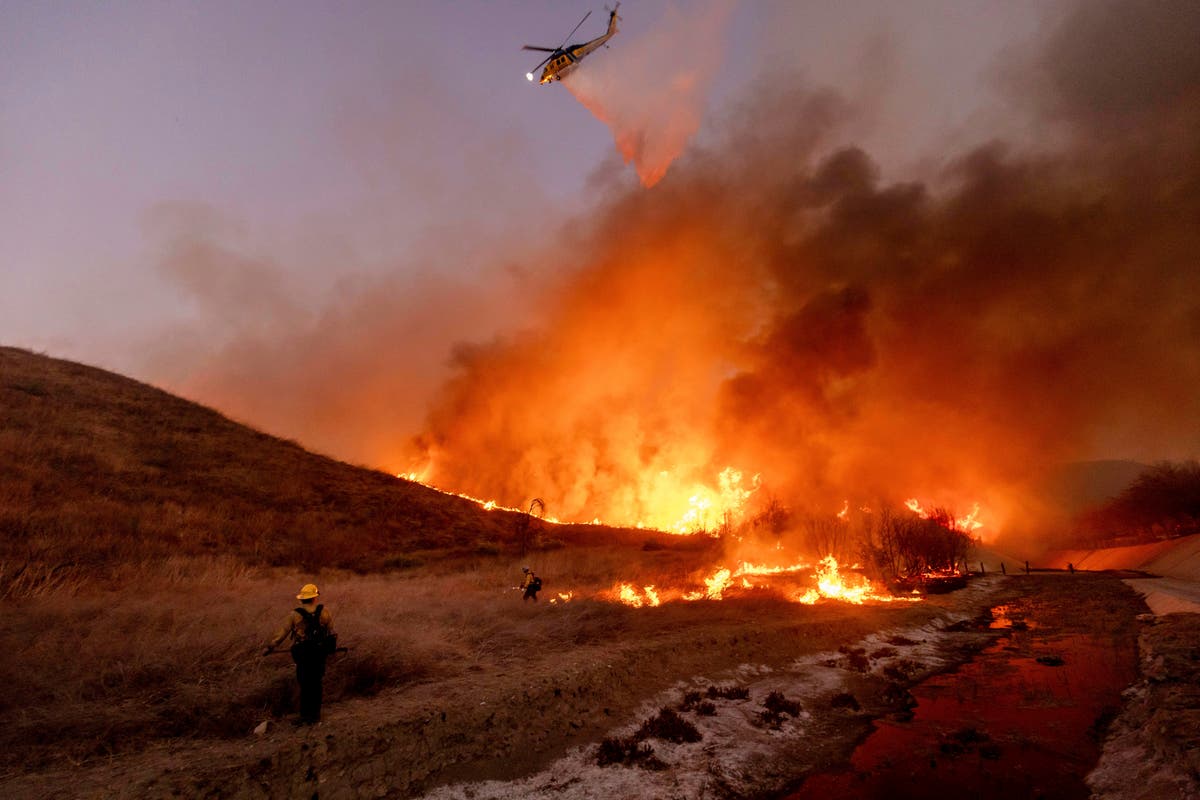The Economist magazine said that the Israeli invasion ofGaza strip It may take months or even a year. She added that as soon as night fell on the Gaza Strip on Friday, rumors spread that the Israeli invasion had begun.
She noted that the Israeli army confirmed in a brief statement that ground operations were “expanding,” but without going into further details.
With sunrise the next day, things began to become clearer. Israeli forces had already entered Gaza from two points: the first around the town of Beit Hanoun in the north, and Al-Bureij near the narrow point in the middle of the Strip.
The incursion appeared to be “larger” than the raids launched by Israel during the previous two nights, as they continued for a few hours before the forces returned to Israel.
Change tactics, not goals of war
The Economist quoted Israeli army officials as saying, in interviews conducted with them in recent days, that the goals of the war have not changed, and are to isolate and destroy the infrastructure of the Hamas movement, especially Its tunnel network underground, and overthrew it from power in Gaza, but the army’s tactics are not what they were supposed to be after the Palestinian resistance attack on Israel on the seventh of this October.
According to the British magazine, the two sites that Israeli forces entered on Friday, north and south of Gaza, indicate that there is a gradual plan to encircle the Strip. A senior army officer explained that the ground offensive is a campaign that will take months, perhaps a year.
Some Israeli politicians began to warn that carrying out a major ground attack would be in the interest of Hamas, and would drag the Israeli army into fighting in urban areas, for which Hamas had certainly prepared ambushes and explosive traps.
An attempt to avoid international pressure
This attack would also cause large numbers of civilian deaths and damage to Gaza’s infrastructure, which could lead to international pressure for a ceasefire.
According to the magazine, the slow-paced campaign relies on siege methods, noting that Hamas has stored fuel, food and other necessities in the tunnel network, but these supplies will run out at some point.
She commented on this by saying that the lack of fuel needed to operate the electricity generators may mean cutting off fresh air and lighting from the underground tunnels, which will force Hamas fighters to come out to the surface.
In this regard, the former Israeli Prime Minister says: Naftali Bennett“Hamas does not expect any of this at all. It expects a ground invasion for 3 or 6 weeks.”
Restrictions on the Israeli campaign
There are restrictions that actually limit Israel’s tactics, including the presence of more than 220 prisoners held by Hamas and other Palestinian factions whose families are putting pressure on the Israeli government to give their release priority. There are also prisoners of 41 different nationalities, about a quarter of whom are agricultural workers from Thailand.
The presence of a large number of Palestinians in Gaza represents another obstacle to the attack, according to the magazine, which goes on to say that Israel still refuses to allow fuel to enter the Strip.
Israeli army commanders hope that a more gradual war will keep other fronts calm, by which the magazine means Iran, “which does not continue to threaten Israel alone,” but it is feared that it will open new fronts.
Strategic dilemma
There is another concern about the opening of a second front in northern Israel, which recently called up about 360,000 reserve soldiers and sent many of them to the border with Lebanon in anticipation of an attack by Hizb allah.
The Economist concludes that although it is a slower-paced war, with serious efforts to provide humanitarian aid that may somewhat ease the pressure on Israel, it will not solve the strategic dilemma of how to uproot Hamas or find an alternative to it, and these are questions that Israeli officials acknowledge that they do not have. Answers so far.




